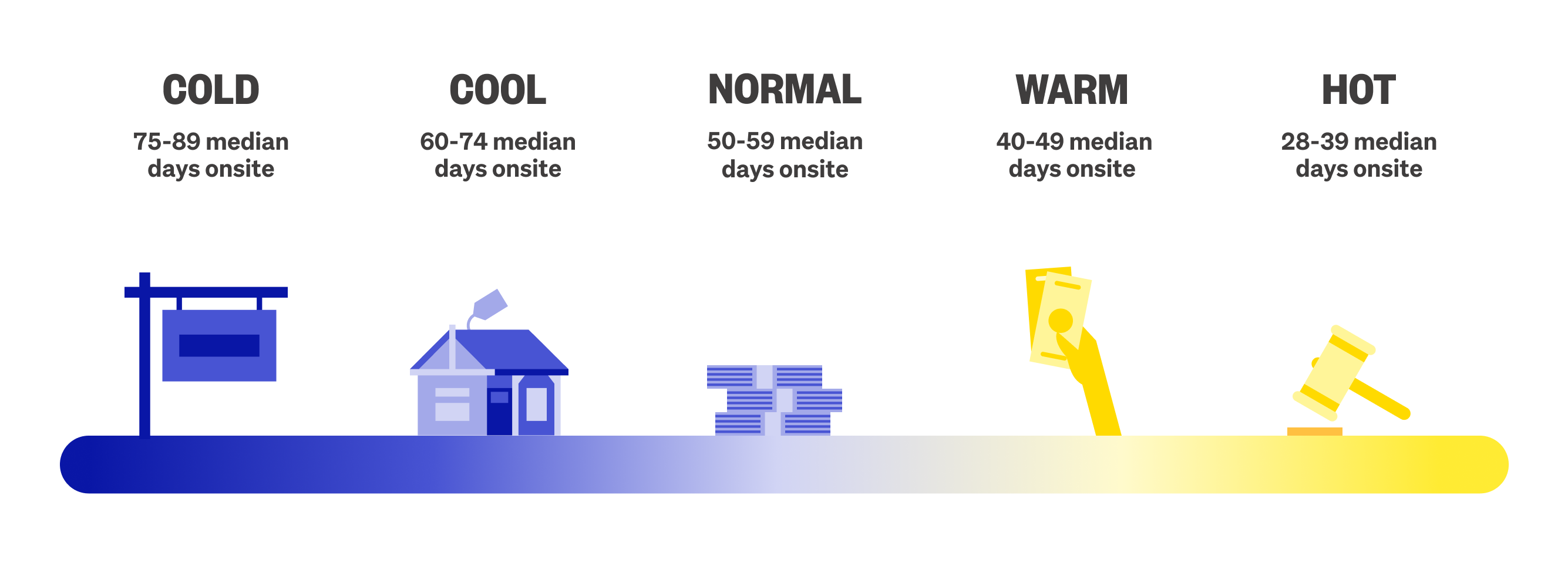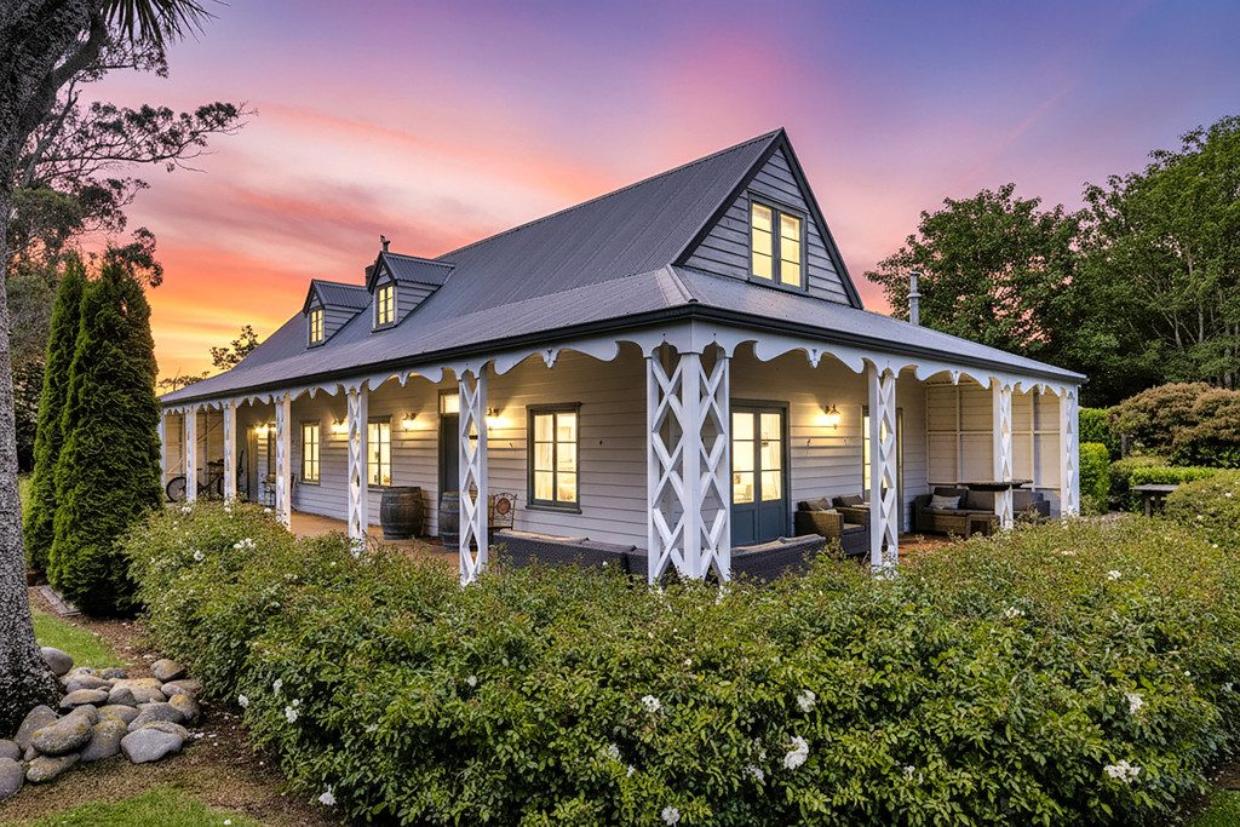Feature article
Hot seller markets
While mainly a buyer's market, some suburbs are in demand.
Last updated: 13 June 2025
Whether you're dreaming of your first home, planning to sell, or just keeping an eye on what's happening in property, you've probably heard people talk about 'buyer's' and 'seller's' markets.
What is a buyer's market?
This is when there are more homes for sale than people looking to buy. It often leads to lower prices, and properties can take a bit longer to sell. When interest rates drop, it can also give buyers an edge.
Advantages for buyers:
- You're in the driver's seat and often have more power to negotiate on the price.
- The pace is less frantic, giving you time to do your homework with property inspections and sorting finance, without feeling rushed.
- You've got a genuine opportunity to buy a home for less than you might in a seller's market. It's an attractive time to get on the ladder or upgrade!
What is a seller's market?
On the flip side, a seller's market happens when there are more buyers than available homes. This competition usually pushes prices up and leads to quicker sales, putting sellers in a great spot. We saw a very strong seller’s market during 2020.
Advantages for sellers:
- Strong buyer demand means you could get a sale price at, or even well above, your asking price.
- Properties are likely to sell faster, which reduces the uncertainty and effort of keeping your place ready for viewings.
- Sellers can often set more favourable terms, like having fewer conditions on an offer or a settlement date that suits them perfectly.
Why does it matter?
Knowing what kind of market you're in helps you plan your next move. It’s not just about the money – it also takes a lot of the stress out of the process.
If you're a buyer in a seller's market, you'll know to be prepared for more competition and quicker decisions. If you're a seller in a buyer's market, you can be more realistic with your pricing and how long it might take to sell.
This prep is a huge, and often overlooked, advantage. By understanding the market, you can approach everything with a clearer perspective, making the whole journey feel much more manageable.
Days on site heat map
We measure how long a property has been for sale by its 'days on site'. Because a listing is taken down once the property sells, it's a great way to see how quickly things are moving in the market.
| Suburb | Number of listings YoY change | Listing views YoY change | Average days on site May 2025 | ||||
|---|---|---|---|---|---|---|---|
| Fendalton, Christchurch | Fendalton, Christchurch | -34% | -34% | +60% | +60% | 34 | 34 |
| Mount Victoria, Wellington | Mount Victoria, Wellington | +63% | +63% | +54% | +54% | 45 | 45 |
| Hataitai, Wellington | Hataitai, Wellington | +5% | +5% | +16% | +16% | 43 | 43 |
| Suburb | Number of listings YoY change | Listing views YoY change | Average days on site May 2025 | ||||
|---|---|---|---|---|---|---|---|
| Cambridge, Waikato | Cambridge, Waikato | +4% | +4% | -11% | -11% | 78 | 78 |
| Masterton, Wellington | Masterton, Wellington | +10% | +10% | -2% | -2% | 80 | 80 |
| Carterton, Wellington | Carterton, Wellington | +19% | +19% | +7% | +7% | 78 | 78 |
Aotearoa as a whole
Right now, it’s a great time to be a buyer in the property market.
It's currently taking around 70 days for the typical property to sell on our site, which tells us the market is pretty cool at the moment.
On top of that, there's a huge amount of choice for Kiwi home-hunters. We've got 43,692 properties for sale, a whopping 17.6% jump from this time last year.
What does this all mean for you? It's a classic buyer's market out there, with more choice and less time pressure when you're looking for your next home.
Use our days on site heat map to understand how your current selling or buying journey might shape out.
Want to know more? Chat to an agent or have a look at what similar homes are selling for in your area.
Search
Other articles you might like








